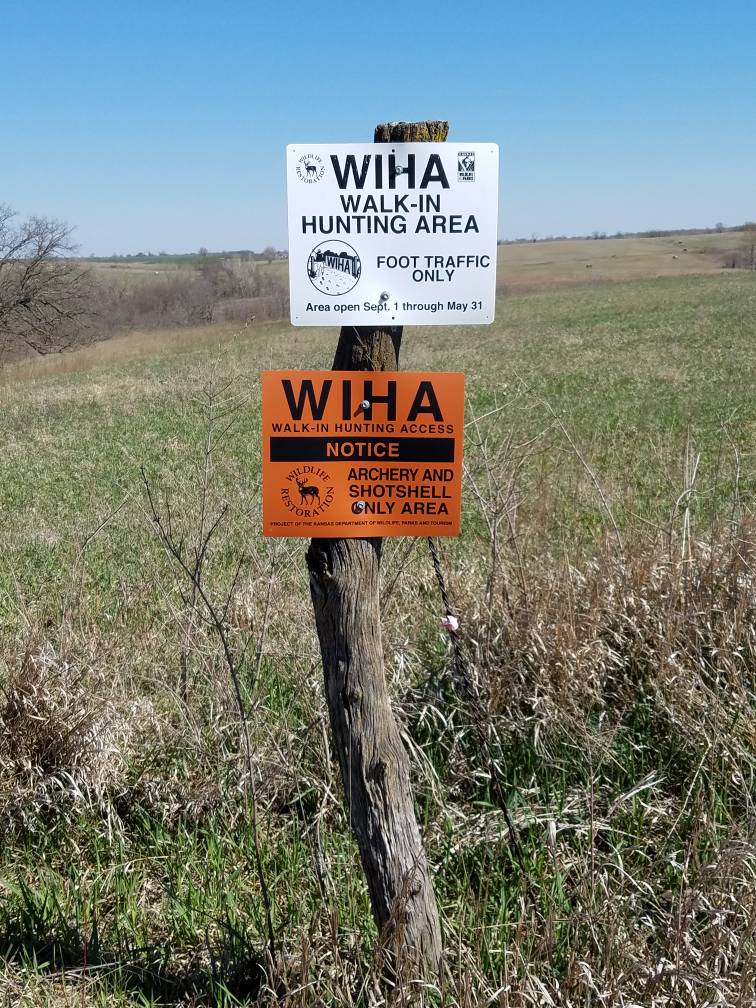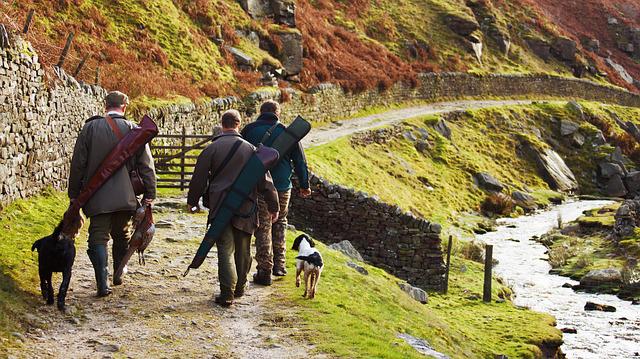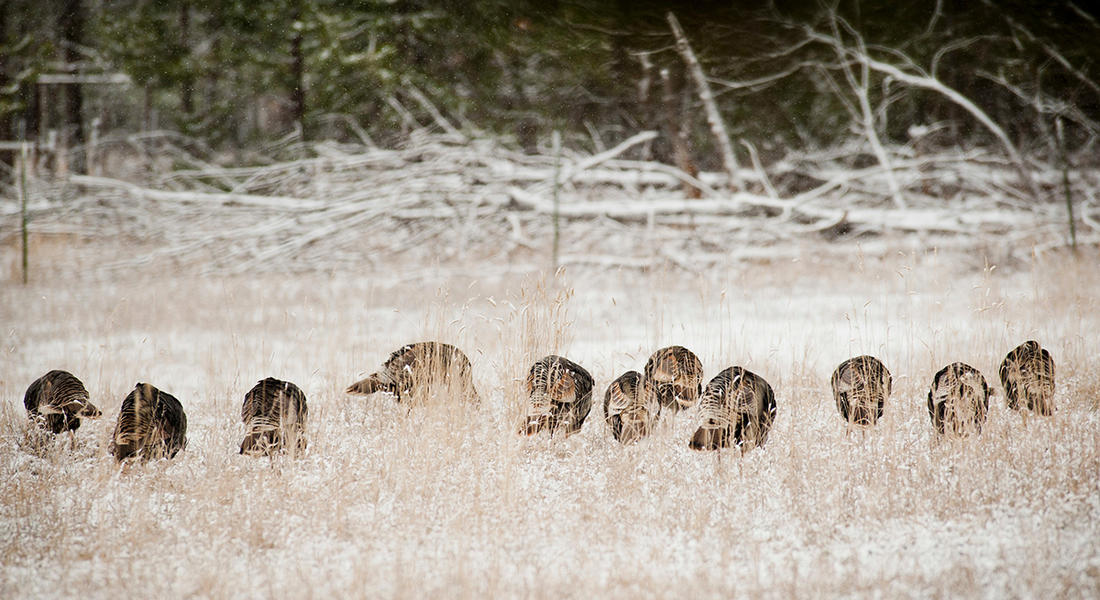
This article examines the impacts of Southcentral Montana's wolf hunting season. We also consider Idaho's legalization and quota for Montana wolf hunts. This information is essential to understanding the impact of wolf hunting in the state and the overall health of the wolf population. Learn more about wolf hunts in Southcentral Montana. Stay tuned to see more articles on wolf hunting in Montana in the future.
The wolf hunting season is in southcentral Montana
The wolf hunting season in southcentral Montana is in full swing, with hunters lining up to bag the elusive critter. Although there are fewer wolves than ever before, they are still intelligent and highly elusive. You may have heard the howling of a wolf pack if you live nearby. However, you might not have seen it. In some areas, wolves are protected by law. Private land is not always allowed for wolves in certain areas.
Except for the Yellowstone region, this hunting season has been closed in southcentral Montana. This area saw the killing of 82 wolves this season. Some more were brought in during the grace periods, bringing the total number of wolves killed to 88. However, the season continued until all 82 wolves had been killed. You can still see the elusive wolf in your park, even though there are more than 80 per cent of wolves that have been killed in this region.

Idaho legalizes hunting wolves
Idaho's opponents to legalizing the wolf hunting seasons argue that wolves can steal cattle and have little impact on livestock numbers. Idaho's livestock industry was ravaged by wolves, losing 102 sheep as well as cattle in the last fiscal. The state loses around 40,000 cattle each year to non-predator causes. However, it is not clear if the state can decrease the number of wolves.
The U.S. Department of Agriculture has estimated that wolves have killed 130 Idaho cattle between July 2018 and June 2018. This number is likely to rise as the state boasts approximately 2.7 million cattle. Idaho lawmakers disagree on what constitutes "reasonable" numbers of wolves. New law would allow hunters in Idaho to kill up to 90% wolves. Opponents say this legislation would cause ranchers to begin culling their own animals.
Impact of wolf hunting on wolf population in Montana
University of Wisconsin-Madison studied the effects of wolves on deer and elk accidents. As much as 24% can be saved by deer-vehicle collisions when wolves are present. An increasing wolf population in Yellowstone National Park can also reduce sick elk numbers, creating healthier herds. About 22 ungulates are killed annually by the wolves.
In 1995, the U.S. Fish and Wildlife Service returned 31 wolves from the wild to Yellowstone National Park. Since then, intensive research has been done to better understand wolf ecology and protect them from human persecution. This vast ecosystem is a great place to conduct research. While it is estimated that 2% to 3% of wolf deaths occur outside Yellowstone, Montana law allows for aggressive wolf hunting outside the park boundaries.

Montana Wolf harvest: Quota
Last year, Montana's Fish, Wildlife and Parks Commission created a statewide wolf harvest quota. In 2019, only 184 of the quota's wolf hunters were killed. That may change in the future. The commission may decide to close the wolf hunt before a certain number is killed. The commission will not reconsider its decision for this season.
In order to prevent overharvest, the state's wolf quota was increased. The commission set individual quotas and increased the state's wolf quota. The FWP monitors these quotas, and will close down hunting areas if they reach certain thresholds. The regional hunting quotas allow hunters access to 195 wolves in Area 1, which is located northwestern Montana.
FAQ
The U.S. Department of Agriculture (USDA), estimates that about 1 percent of hunters kill deer each year.
According to the USDA, about 6.5 million Americans hunt deer. Only 2.2 million shoot one.
This means that approximately 0.6 percent of hunters kill deer every year.
Where can you buy a gun
There are many gun shops all over the country. These stores sell guns from low-cost starter models to more expensive high-end models.
Some gun shops sell firearms only. Many gun shops have knowledgeable staff who can help you select the right gun for you.
Our guide to handguns will help you make the right decision when buying a new gun.
What information do I need about hunting?
To hunt successfully, it is important to know how the animal moves, how its habits are and how to avoid getting hurt.
It is important to know the laws regarding hunting in your state. Some states allow hunting in certain ways, while others prohibit it altogether.
Other factors include the terrain and weather conditions as well.
When you decide to pursue this hobby, you should consider whether you want to hunt alone or with friends and family.
Hunting is an enjoyable activity for many people. Because it allows you to focus on your goal, this is a great advantage. You might miss your chance if you're all alone.
Hunting is a process that requires extensive preparation. It is important to plan your hunt so that you find the best hunting area.
You will also need to prepare your weapons. Make sure to clean your guns before you leave the house and make sure they work properly.
When hunting, you should always wear appropriate clothing. Dress appropriately for the weather conditions and terrain.
It is important to ensure that you have enough food and water. Extra ammunition and supplies are also recommended for you in case of an emergency.
Never leave anything behind. You might lose it or damage it.
Before you start hunting, make sure you pick a safe spot that doesn't have any predators.
The government has set guidelines. These regulations protect both wildlife & humans.
Is it legal to hunt bears in Alaska?
It is legal to hunt bears within certain areas in Alaska. To capture bears some hunters use traps. Others use dogs for tracking down bears.
The Alaska Board of Game regulates bear-hunting. Before hunting in the woods, hunters must have a bear tag.
Denali National Park Preserve has a lot of bear hunting. Special guided hunts allow tourists to take a bear hunting trip that costs a lot.
Is hunting dangerous?
Yes, hunting is dangerous.
There are many ways to injure your self.
Poor shooting techniques can be one of the reasons. One example is improper shooting techniques.
A second risk is that another animal may attack you.
Hunting accidents happen every year. Guns cause many deaths and serious injuries.
Hunters are advised to keep their guns loaded until they reach their destination.
It is also important that they do not take their guns with them when they venture into the woods.
Keep your eyes open. Be aware of where you step and listen to the sounds around you.
If you are not prepared to defend yourself, do not approach animals.
Never chase after prey. Instead, wait patiently to see them.
Do not take shortcuts. These can cause injury or even death.
Be careful around cliffs and other places where you cannot see what's below.
Avoid rivers and streams. These areas could flood without warning.
Hunting is a time to forgo alcohol. It can affect your judgment and slow down your reaction times.
You should always keep your safety equipment handy. Always carry a first-aid kit and flashlight.
Knowing how to respond to an emergency is crucial. Do not assume you know the basics of first aid or CPR.
Statistics
- Indiana, for example, saw a 28% jump in turkey license sales during the first week of the season. (stacker.com)
- According to the Wildlife Restoration Act, passed in 1937, most of the state conservation efforts are funded through hunting and fishing license sales and firearms sales. (stacker.com)
- - Percent of residents with paid hunting licenses: 0.7%- (stacker.com)
- Over the past 50 years, the number of hunting licenses in California has been on a rapid decline, falling 70% from more than 760,000 in the 1970s to under 268,000 in 2020—even as the state's population has skyrocketed, according to The Mercury News. (stacker.com)
External Links
How To
How to hunt wild hogs
Large animals, wild hogs can be found across North America, Africa and Asia. Wild hogs can eat small animals and plants, including birds, insects and rabbits. They feed mostly at night. After six months of gestation, one piglet is born. A sow has one child every two years. Although wild hogs are usually solitary, they can sometimes live in groups called herds.
Wild boars are 200 pounds (90 kilograms) in weight. Their head length ranges between 10-12 inches (20-25 cm) and 20-30 inches (30-50 cm) respectively. Wild pigs tend to have long legs, wide shoulders, and short tails. A thick layer of fat is found under their skin.
They have excellent senses of smell and hearing. They use these senses to detect danger and find food. They can run up to 35 miles per hour (56 km/h) and jump distances of up to 15 feet (4 m). They are very sharp with their teeth and claws. They are aggressive when defending themselves against predators.
Hunting wild animals is challenging because they are intelligent, fast and elusive. Hunting wild hogs requires careful observation. The animal may flee if hunters take too long to kill it. The animal could die if hunters attempt to shoot it too soon.
There are many ways to hunt wild hogs. The most common is shooting. This requires hunters to track down the animal and then wait until it comes into range. Another option is trapping. Trapping is the practice of placing traps in areas where the hogs are likely to drink. Traps often include a scent lure like corn meal mixed with peanut butter. When the trap is opened, the hunter shoots a trapped pig.
Snaring, another method, is also an option. To catch the pig, snaring uses a rope-covered noose. It works best when the pigs are caught during their mating season.
You can also use poisoning, spearing, or netting. To stop pigs from breathing, spearing and netting involve putting a spear or net through the neck of the animal. Poisoning is when the poison is injected into the pig's throat.
Hunters who want to hunt wild hogs must be ready for cold temperatures. To keep warm, some hunters use snowshoes. Some hunters bring dogs with them to help them track the animals.